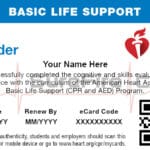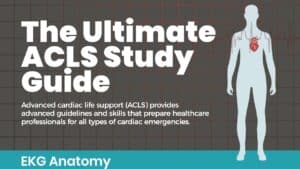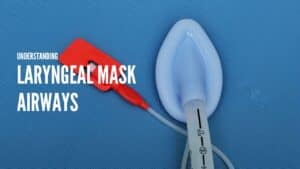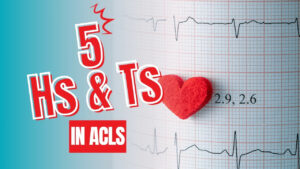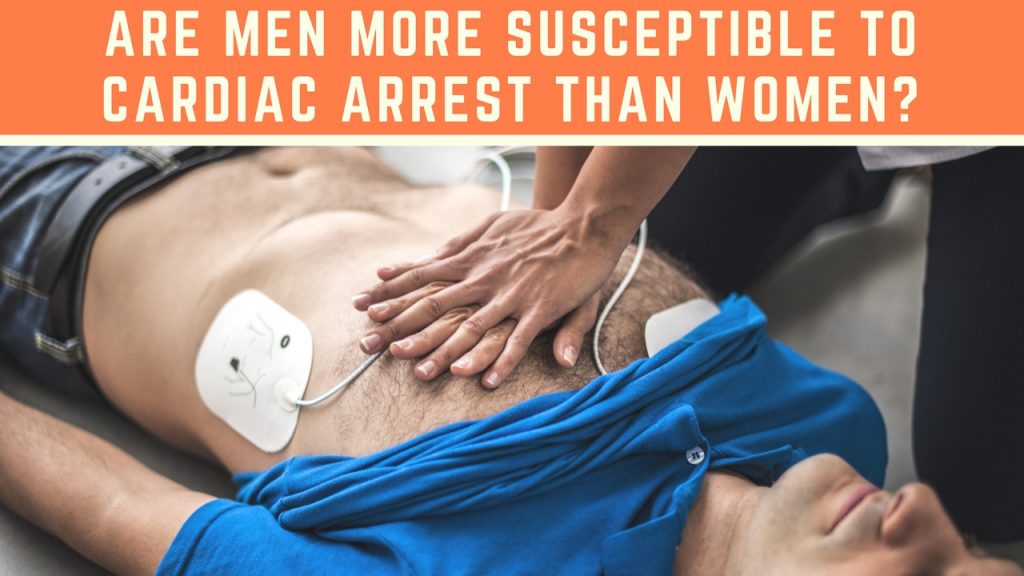
New research from the Journal of the American Heart Association indicates men are more susceptible to sudden cardiac arrest (SCA) than women.
The research, released in June, revealed men at age 45 face a 10.9 percent lifetime risk of SCA. Comparatively, women at age 45 have a 2.8 percent lifetime risk of SCA.
Sudden cardiac death represents the leading cause of death in the United States, according to the American Heart Association (AHA). It also claims up to 450,000 American lives every year.
However, those who are prepared to assist SCA victims may be able to reduce the number of sudden cardiac deaths annually.
A Closer Look at SCA
The AHA notes SCA occurs if cardiac activity stops altogether. In addition, there are many causes of SCA, including:
- Asphyxia
- Drug overdose
- Severe blood loss
- Submersion
- Trauma
SCA remains an ongoing problem throughout the United States due in large part to a lack of bystander training, too.
To better understand this issue, let’s consider the following SCA statistics provided by the AHA:
- Emergency medical services (EMS) personnel reported approximately 326,000 out-of-hospital SCA (OHCA) incidents in 2014.
- Nearly 70 percent of OHCA incidents occur at a home.
- Bystanders serve as witnesses in nearly 40 percent of all SCA cases.
The AHA also points out that almost 90 percent of those who suffer OHCA die. But with cardiopulmonary resuscitation (CPR) training at your disposal, you’ll be better equipped to support SCA victims at any location, at any time.
Key Benefits of CPR Training
Only about 46 percent of OHCA victims receive immediate support before advanced medical personnel arrive on scene, the AHA notes. Fortunately, those who learn the ins and outs of CPR can deliver exceptional support to SCA victims and reduce the chance of sudden cardiac death.
Ultimately, CPR could become the difference between life and death for an SCA victim. And if you understand how to deliver CPR properly, you’ll be able to fully support an SCA victim until additional medical assistance becomes available.
The AHA points out CPR that is performed in the first few minutes of cardiac arrest could double or triple an SCA victim’s chance of survival. Therefore, learning how to perform CPR correctly could make a world of difference for an SCA victim.
Now, let’s take a closer look at how CPR training could change your life.
The Benefits of CPR Training: A Practical Example
The Daily Republican reports students at Marion High School (MHS) in Marion, Illinois will receive CPR training thanks in part to a $5,000 donation from the Heartland Regional Medical Center. This training will enable students to learn how to perform CPR and be offered to students during their health classes.
MHS students, however, may understand the impact of CPR better than many students across the country.
On Feb. 8, 2008, a student at nearby St. Charles North High School suffered SCA, collapsing and experiencing a seizure. Meanwhile, an estimated 13 minutes passed between the time when paramedics were called and their arrival on scene – with no CPR performed during this period.
Although CPR may seem complicated at first, even students can learn how to complete hands-only CPR and perform it on an SCA victim until advanced medical personnel become available.
In fact, the AHA notes hands-only CPR requires only two steps:
- Call 911; and
- Push hard and fast in the center of an SCA victim’s chest.
Furthermore, the AHA states anyone can learn hands-only CPR in just two minutes, and the benefits of this type of CPR may last a lifetime.
You don’t need to be CPR-certified to administer hands-only CPR, and this kind of CPR ensures you can deliver life-saving aid in a wide range of cardiac emergencies. It even guarantees that you’ll be able to provide life-saving care until advanced medical personnel arrive on scene and may dramatically increase an SCA victim’s chances of survival.
Learning how to perform hands-only CPR represents a great first step in your journey to become CPR-certified, and you can enhance your CPR skill set if you enroll in a CPR certification training program provided by a best-in-class provider of CPR classes.
How Can You Become CPR-Certified?
Want to discover what it takes to administer CPR to men, women and children alike? With CPR certification training, you’ll gain the skills and know-how needed to deliver CPR quickly and efficiently.
At SureFire CPR of Southern California, we offer extensive CPR classes designed to meet your CPR goals, and you can register for any of our classes and reap the benefits of a superior learning experience.
As part of our comprehensive CPR courses, you’ll be able to work with experienced instructors who are happy to share their CPR knowledge and expertise with you. As a result, you can build your CPR skill set quickly and receive real-world insights from instructors who have delivered life-saving support as emergency medical technicians (EMTs), nurses, paramedics and more.
Also, our CPR courses ensure you can enjoy an in-depth training program that delivers proven results. You can even ask questions about a broad range of CPR topics during our classes, and our instructors will always provide thoughtful responses to your queries as well.
Perhaps most important, our CPR courses empower you with the skills and insights you’ll need to remain calm, cool and confident with CPR. Therefore, upon successful completion of any of our CPR classes, you’ll possess the know-how needed to administer CPR to a man, woman or child in any life-threatening scenario.
Becoming CPR-certified may seem like an uphill climb, but with SureFire CPR, we’ll help you complete your CPR training without delay. We’ll go the extra mile to ensure you are fully supported during any of our CPR classes and are able to deliver lifesaving assistance in emergencies.
Ready to obtain your CPR certification? To learn more about the CPR classes available at SureFire CPR, please contact us today at (888) 277-3143.




